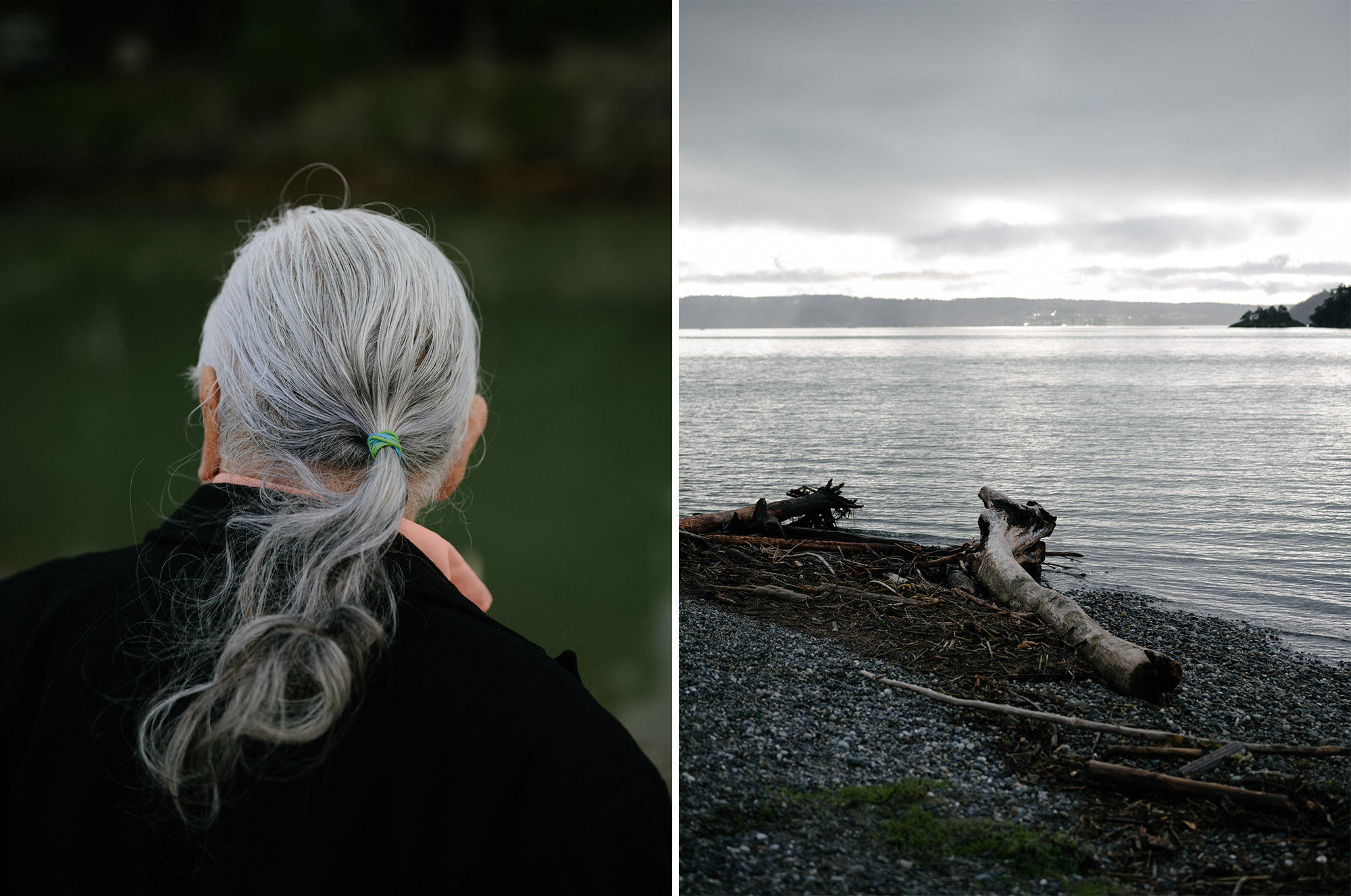Swinomish tribe wants to resuscitate clam gardening in the United States
Producing more clams is a goal, but in these projects, Hatch said, the connection to the community is much more important than the food itself. People are passionate about these projects because they aim to reaffirm rights, reaffirm people’s cultural identity and recognize the role of indigenous peoples in the formation and modification of ecosystems over thousands of years, said Hatch.
Williams believes the garden could fundamentally change the Swinomes way of life. Much of the current clam harvest in the area is done through commercial operations, but community members want to use the garden for education and subsistence harvesting. “The ability for us to have this space to meet again on the beach, to share these stories and to get back to our beach lifestyle, I think, is going to impact our people more than they do. can imagine it. today, “he said.
Members of the Swinomish tribe in Washington State help restore a clam garden in British Columbia. (Courtesy of the Swinish Indian Tribal Community)
Start things
When the Swinomish decided to explore where to set up a garden, said Greiner, a project team formed a technical advisory board. Based on the board’s information, the team looked for locations that offered advantages such as easy access to where people live, high current flow, and juvenile clams already present; then focused on where a garden would interrupt as little as possible the wildlife that already lives there. Clams thrive in areas with high flow, a mixture of fine sediment, pebbles and shells, gentle wave energy, and sufficient food.
“The places are not neutral. Many places hold wonderful stories related to one-on-one family relationships and memories of harvest and feast on the beach; Yet in some cases there are also difficult memories for which the restored uses and care could bring healing, â€said Dr Melissa Poe, who heads Washington Sea Grant’s social science program and supports the garden project. of Swinomish clams.
They eventually inspected 15 sites along the shore and landed on a 200-foot section that is smaller, but manageable for a first attempt, Greiner said.
Williams expects it to be five to ten years after the garden is built before the patio wall foundation really supports an abundance of clams.
Obstacles to overcome
Finding funds to build the garden was a big hurdle, but this year the tribe received money from the NOAA Saltonstall-Kennedy competitive grant program and the Northwest Climate Adaptation Science Center. The funds will not only go towards building the garden and organizing community events, but also collecting data before and after the construction of the site to see how the garden is changing the area, with a particular focus on the climate change mitigation.
But adapting ancient practices to the modern licensing process is the biggest obstacle for the tribe. The Swinomish Tribe are awaiting a permit from Section 10 of the Army Corps of Engineers. Greiner said that while clam gardening is an established practice, it’s something USACE has never seen before.
“The practice is such a holistic, ecosystem-based approach to improving native species that it seems like a clear win-win for the environment and local communities, so I think we’ll get the approval eventually. It’s just about bringing everyone with us, â€she said.
It’s frustrating to wait for permission to “basically do what we do,†Williams said. “That’s the only thing holding us back right now. We’re pretty much ready to start moving stones.
In his view, this should be part of the Swinomish treaty rights, as it is part of the upkeep of the tribe’s own reserve, as well as the Salish Sea.
He looks forward to sharing the practice with his two sons and two daughters.
“I think that sometimes our young generation has lost sight of the ancestral way of life, as part of the earth and one with nature. And sometimes they just see the economic benefits of what we do, â€he said. “I explained to my children that they had to learn all these practices, these ancestral teachings, so that they could pass them on to their children, my grandchildren.


Comments are closed.